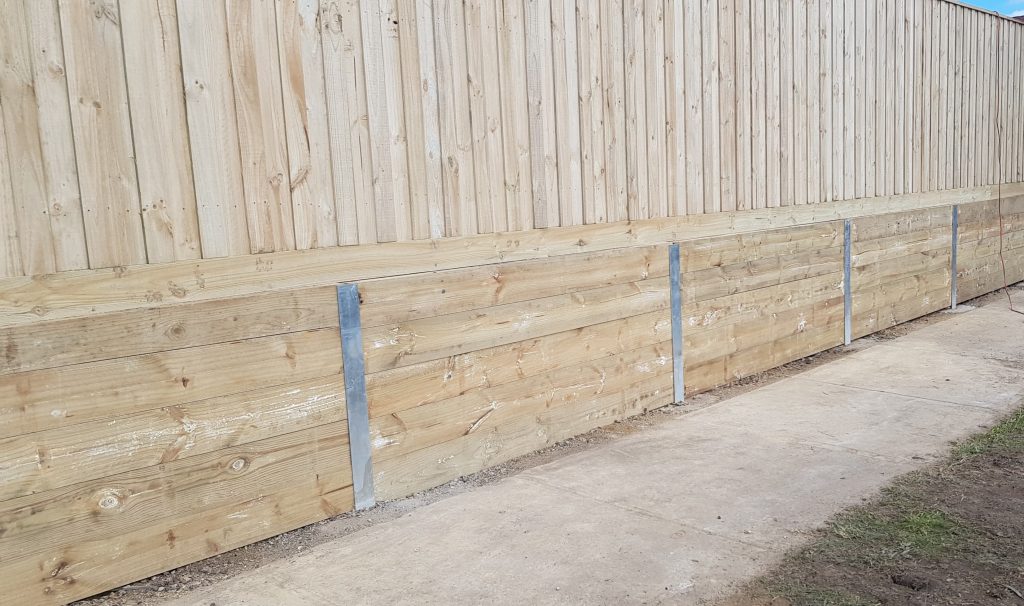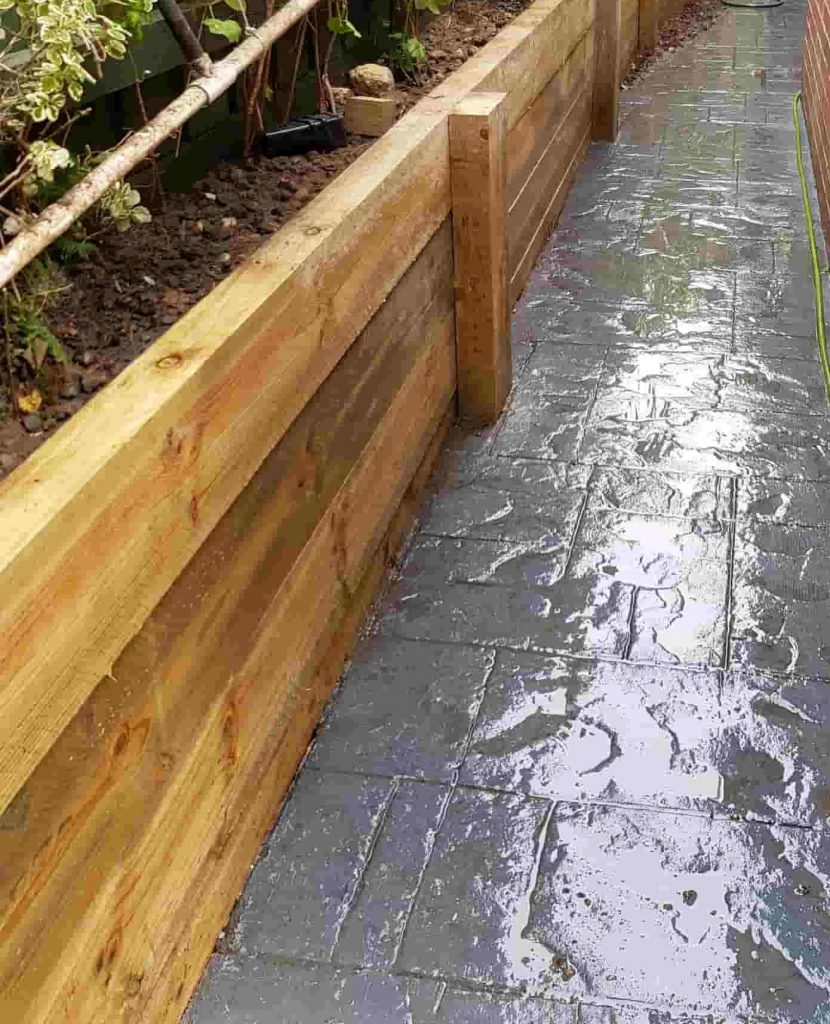Introduction
Building a retaining wall can be a considerable investment for your residential or commercial property, both in regards to aesthetics and functionality. Whether you're aiming to avoid soil erosion, create level terraces, or enhance your landscape's look, working with the right retaining wall contractor is essential. This short article will act as your thorough guide on what to anticipate when dealing with these professionals, from initial assessments to project conclusion. We'll cover everything you require to understand about selecting a retaining wall builder, the products included (like concrete sleepers, H beams, wood sleepers, timber sleepers, and stone), and common pitfalls to avoid.
Step-by-Step Guide: What to Anticipate When Working with a Retaining Wall Contractor
When engaging a retaining wall installer, it's necessary to understand the whole process. From concept to execution, every action matters. Here's an in-depth summary of what you should expect:
1. Initial Consultation and Website Assessment
What happens throughout the very first meeting?
During your preliminary consultation, the specialist will visit your website to assess conditions like topography, soil type, and drain issues. This assessment is important since it assists figure out the best design and products for your keeping wall.

- Key concerns to ask: What experience do you have with similar projects? Can you provide referrals or examples of previous work?
The contractor will assess whether a stone, wood sleeper, or other products are appropriate based on website conditions.
2. Design Phase
How does the style process work?
Once assessments are completed, the style phase starts. The professional may provide a number of design alternatives tailored to your needs:
- Traditional gravity walls Cantilevered walls Sheet stack walls
Each option has its benefits and drawbacks, so understanding how they work is critical.
3. Material Selection
What products need to I consider?
The option of materials can substantially impact durability and aesthetic appeals:
- Concrete Sleepers: Durable and versatile; perfect for modern-day designs. Timber Sleepers: Visual appeal however might require more maintenance. Stone: Really durable but typically more expensive.
Your professional ought to assist you weigh the benefits of each product versus your budget.
4. Cost Estimates and Budgeting
What ought to I expect regarding costs?
An expert specialist will provide an in-depth estimate that includes labor, products, permits, and any extra site preparation needed.
Typical Cost Breakdown:
|Item|Approximated Cost|| -----------------------|----------------|| Materials|$X per system|| Labor|$Y per hour|| Allows|$Z|
Understanding this breakdown helps in budgeting effectively.
5. Permitting Process
Do I need permits for my maintaining wall?
In most cases, yes! Your specialist will typically handle this procedure but ensure they discuss it with you upfront:
- Local policies differ widely. Some areas may have limitations on height or product use.
It's essential to comply with local laws to avoid future complications.
6. Preparing the Website for Construction
What preparations are required before building?
Site preparation involves cleaning vegetation, grading land if necessary, and ensuring proper drainage systems remain in location.
This step is important due to the fact that incorrect drainage can result in structural failure over time.
7. Setup Begins
What can I expect throughout installation?
Once everything is set up, building begins! During this phase:
- The specialist will lay out the foundation. Proper leveling is important for effectiveness.
Expect some noise and disturbance; however, excellent specialists reduce hassle anywhere possible.
8. Quality Control Checks During Installation
How do I understand if quality standards are met?
Throughout the setup, routine quality checks need to be conducted by both you and the professional:
- Confirm that products match specifications. Ensure correct positioning and leveling at all stages.
Keep an open line of communication; don't be reluctant to voice concerns!
9. Final Touches and Backfilling
What happens after construction?

After setup comes backfilling-- this includes completing behind the wall with soil while guaranteeing appropriate drain solutions remain effective (like weep holes).
Final touches consist of landscaping around the wall or adding functions like lighting or actions depending on your plans.
10. Maintenance Guidelines Post-Installation
How do I keep my new keeping wall?
Your keeping wall will require regular evaluations for signs of wear or damage such as fractures or disintegration:
- Clean out debris from weep holes regularly. Monitor plant growth near wooden walls which might result in rot if not managed properly.
A well-maintained wall can last decades!
FAQs
1. How long does it require to build a maintaining wall?
The duration mainly depends on size and intricacy but normally ranges from a couple of days as much as 2 weeks.
2. What's better-- wood or stone for maintaining walls?
It depends upon visual choice versus resilience requirements; wood provides heat while stone provides longevity.
3. Can I construct a maintaining wall myself?
While DIY is a choice for smaller projects, working with an experienced specialist ensures compliance with regional codes and decreases possible errors.
4. Do maintaining walls need drainage?
Yes! Proper drainage prevents water accumulation that might compromise structural integrity over time.
5. What kinds of walls are available?
Common types include gravity walls, cantilevered walls, anchored walls, and so on, each fit for various applications based on stability needs.
6. Exist environmental factors to consider when building?
Always seek advice from specialists concerning ecological effect evaluations particularly worrying regional wildlife environments or water flow patterns.
Conclusion
Navigating through the procedure of working with a retaining wall contractor can initially seem challenging-- yet equipped with this guide detailing what to anticipate every action of the way makes it workable! From mindful planning throughout assessments all the way through maintenance post-installation-- each phase requires attention-to-detail that just skilled specialists come up with effectively!
Remember that effective collaboration hinges upon clear communication between you as the house owner & & contractors throughout-- the better notified you are about each aspect mentioned here suggests smoother sailing ahead towards achieving stunning retaining walls installation lead to improving both functionality & & charm within your landscapes!